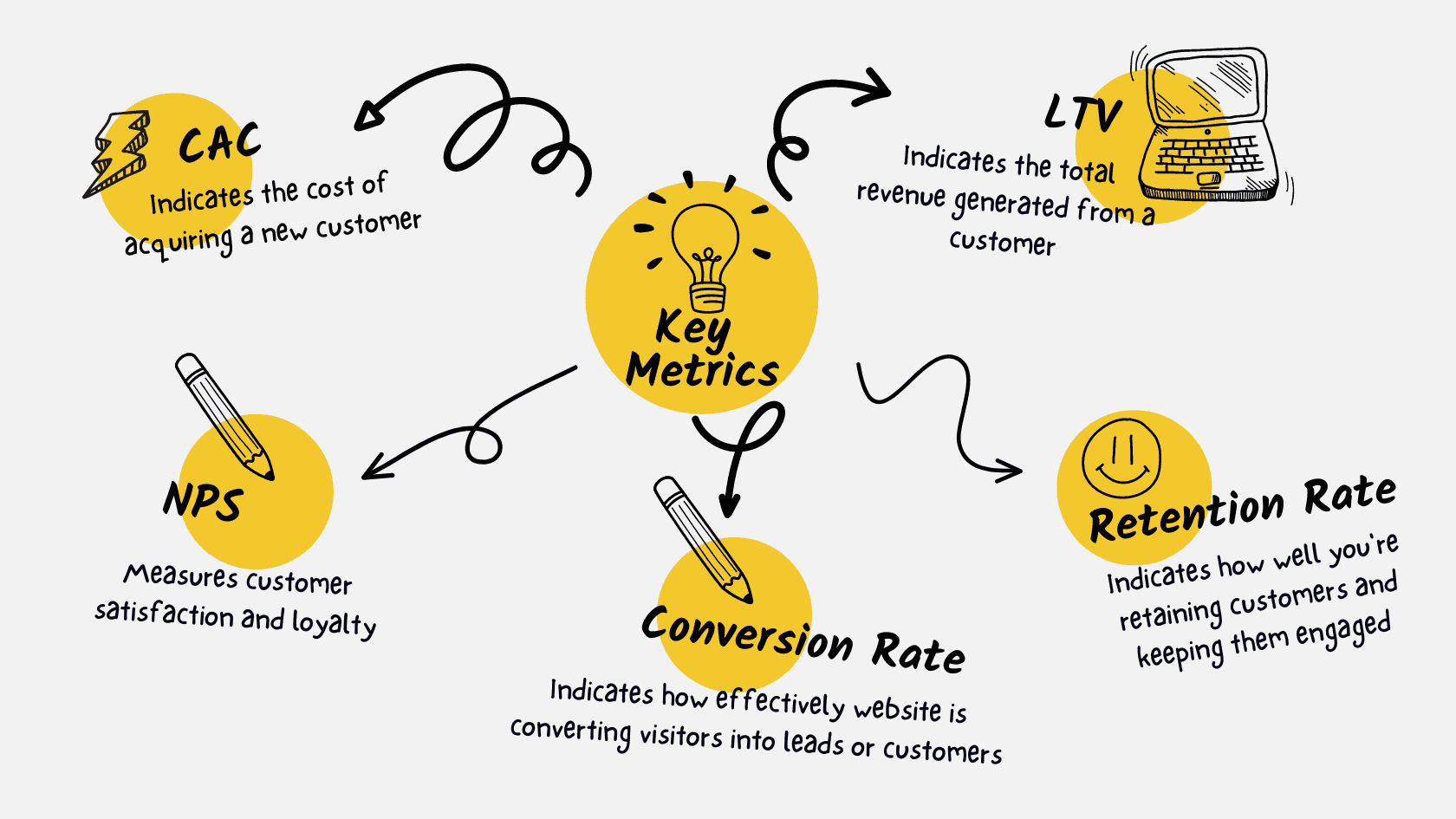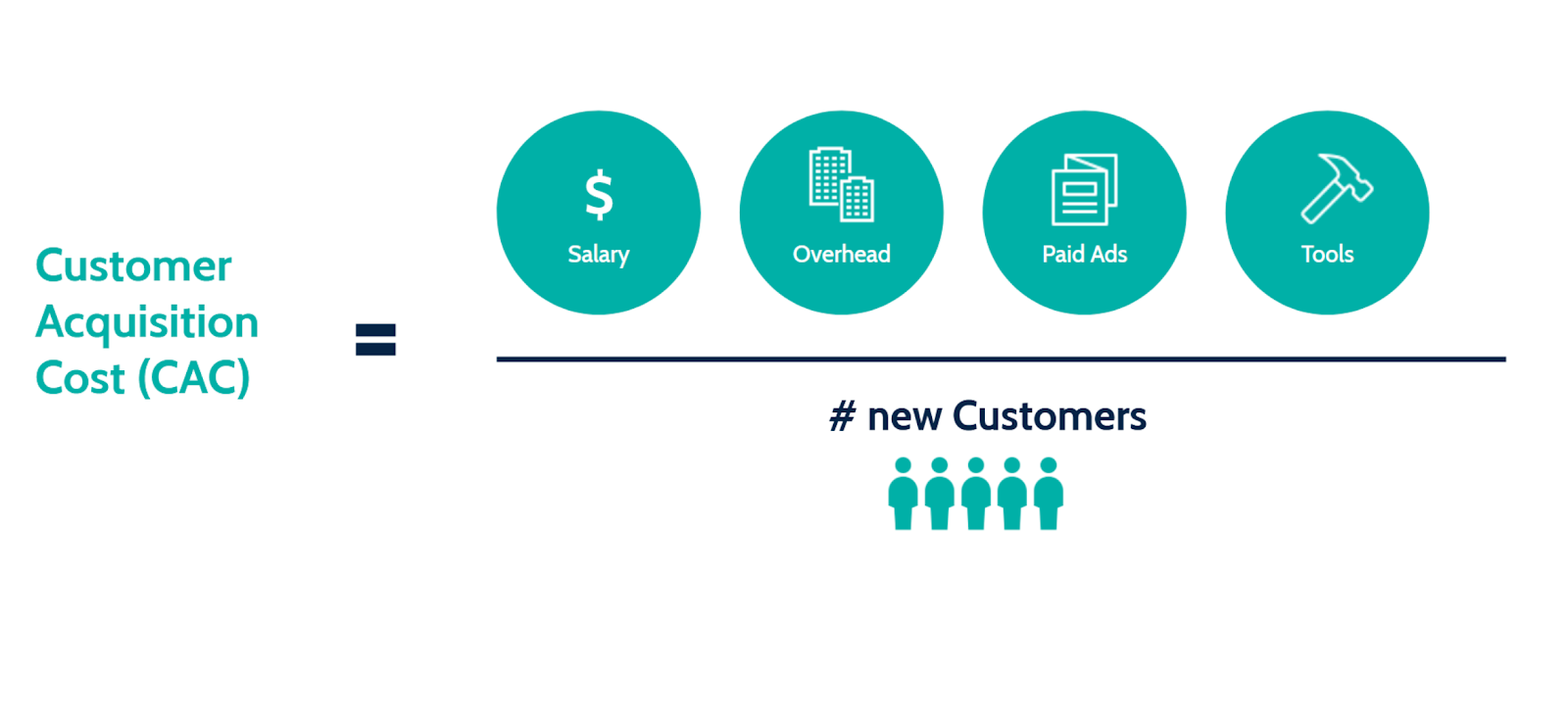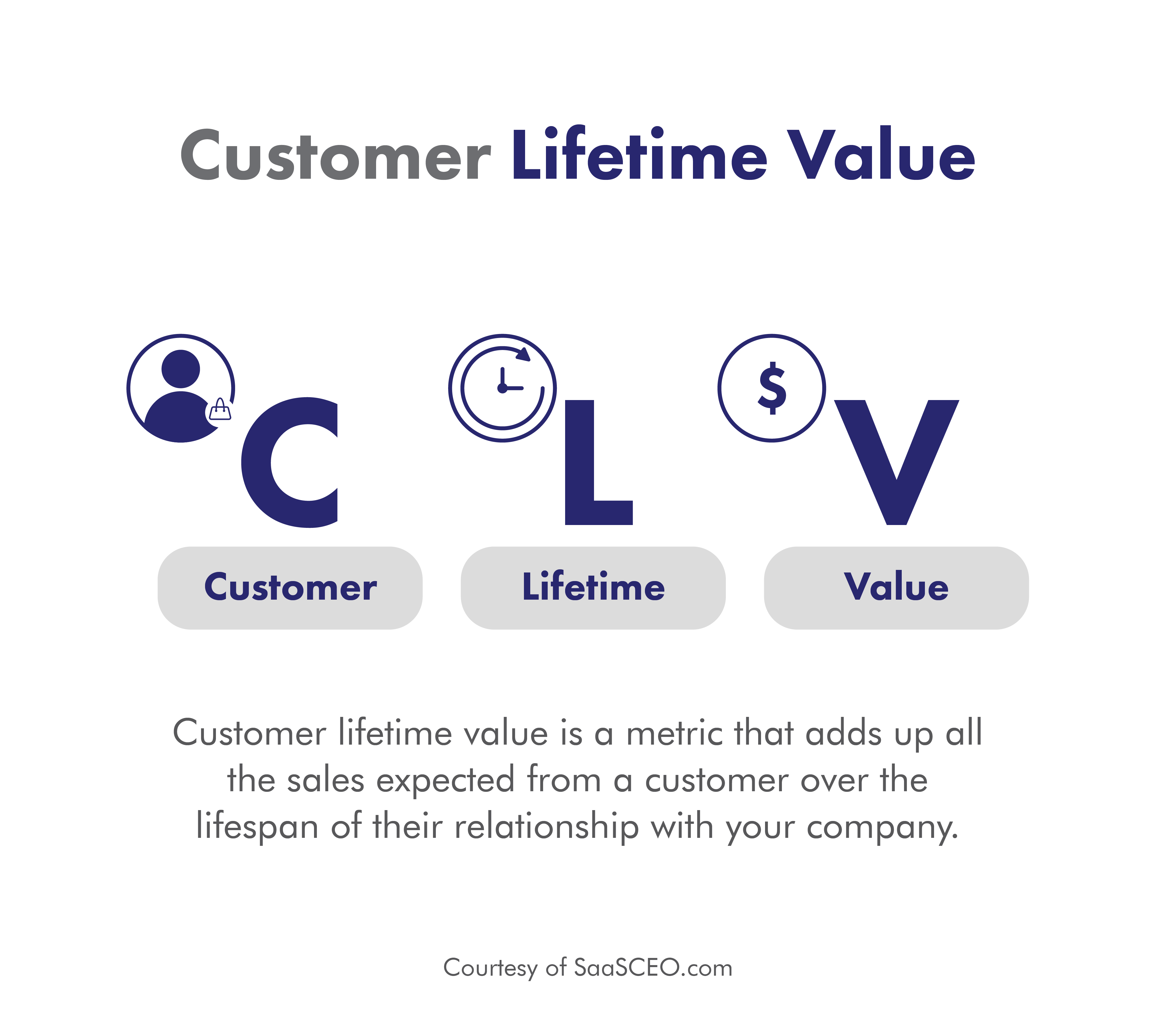"The goal is to turn data into information, and information into insight."
- Carly Fiorina
TL;DR
A clear understanding of the key performance indicators that drive your go-to-market strategy is essential for a product marketer. By keeping an eye on your customer acquisition cost, lifetime value, net promoter score, conversion rate, and retention rate, you can get valuable information about how your product is doing and where you need to make changes.
But tracking these KPIs is only the first step. To truly succeed in the competitive world of SaaS, you need to go beyond the numbers and understand the stories behind them. Each customer acquisition, each upsell, and each retention is a story of a human connection. And it's your job as a product marketer to turn those stories into a winning go-to-market strategy.
Think about it, what if you could turn your high CAC into a story of passionate early adopters willing to invest in your product? Or what if you could turn your low retention rate into a story of a loyal community that stays with you through thick and thin? Understanding the stories behind the numbers can turn your KPIs into a powerful narrative that drives your go-to-market strategy.
So, don't just track your KPIs, but also look for the stories behind them. Use those stories to create a go-to-market strategy that resonates with your target audience and helps you stand out in the crowded SaaS market. With the right KPIs and a winning narrative, you'll be able to drive more success for your product and, ultimately, for your business.
Product marketing is not just about creating buzz around a new product launch or feature. It's about creating a compelling story that resonates with your target audience and helps them understand how your product can solve their problems. To do this, product marketers need to deeply understand their target market, competitive landscape, and the key performance indicators (KPIs) that will help them measure their progress and make data-driven decisions.
In this article, we'll explore the top KPIs every product marketer needs to know to develop a winning go-to-market strategy. But before we dive into the details, let's start with a quick analogy.
Imagine you're a football coach preparing for a big game. You know your team's strengths and weaknesses, you've studied your opponents' game films, and you've come up with a game plan. But how do you know if your game plan is working? You need to track key statistics, such as the number of first downs, yards gained, and points scored. These stats give you a clear picture of your team's performance and help you make adjustments.
Product marketing is no different. You need to track certain key statistics to know if your go-to-market strategy is working. These statistics are known as KPIs.

1. Customer Acquisition Cost (CAC)
Your customer acquisition cost (CAC) is the money you spend to acquire a new customer. This includes all the costs associated with your marketing and sales efforts, such as advertising, sales commissions, and lead generation.
CAC is a critical KPI for product marketers because it tells you how much it costs to acquire a customer. If your CAC is too high, it may be difficult to generate a positive return on investment (ROI) from your marketing and sales efforts.
To calculate your CAC, divide your total marketing and sales costs by the number of customers acquired during that period.

CAC = Total Marketing and Sales Costs / Number of Customers Acquired
2. Lifetime Value (LTV)
Your customer's lifetime value (LTV) is the total amount of money a customer will spend on your product over their lifetime. This includes their initial purchase, and any upsells or recurring revenue.

LTV is a critical KPI for product marketers because it tells you how much revenue you can expect to generate from each customer. If your LTV is high, your customers are valuable, and you can afford to spend more to acquire them.
To calculate your LTV, multiply the average revenue per customer by the average customer lifespan.
LTV = Average Revenue per Customer x Average Customer Lifespan
3. Net Promoter Score (NPS)
Your net promoter score (NPS) measures customer satisfaction and loyalty. It's calculated by asking customers how likely they are to recommend your product to a friend or colleague on a scale of 0-10.
NPS is a critical KPI for product marketers because it tells you how satisfied and loyal your customers are. If your NPS is high, it means that your customers are happy and that they're likely to stick around.

To calculate your NPS, subtract the percentage of detractors (customers who gave you a score of 0-6) from the percentage of promoters (customers who gave you a score of 9-10).
NPS = Percentage of Promoters - Percentage of Detractors
4. Conversion Rate
Your conversion rate is the percentage of website visitors who take a desired action, such as filling out a form or making a purchase.
Conversion rate is a critical KPI for product marketers because it tells you how effectively your website converts visitors into leads or customers. If your conversion rate is low, it means that there's room for improvement in your website design or messaging.
To calculate your conversion rate, divide the number of conversions by the number of website visitors and multiply by 100.

Conversion Rate = (Number of Conversions / Number of Website Visitors) x 100
5. Retention Rate
Your retention rate is the percentage of customers who continue to use your product or service over a certain period. It measures how well you retain your customers and keep them engaged with your product.
Retention rate is a critical KPI for product marketers because it tells you how well you retain your customers and keep them engaged with your product. If your retention rate is low, you're losing customers quickly and need to focus on improving customer engagement and retention.
To calculate your retention rate, divide the number of customers still using your product at the end of a certain period by the number of customers you had at the beginning of that period, and multiply by 100.

Retention Rate = (Number of Customers Still Using Product / Number of Customers at the beginning of Period) x 100
FAQs
What are KPIs and why are they important for product marketers?
KPIs, or Key Performance Indicators, are metrics used to measure and track the success of a marketing strategy. For product marketers, KPIs provide a way to measure the impact of their efforts and evaluate the success of their go-to-market strategy. They can range from metrics such as customer acquisition costs, to engagement metrics such as email open rates and website visitors. By monitoring KPIs, product marketers can make data-driven decisions and adjust their strategy accordingly to ensure the success of their product launch.
Can you give me some examples of KPIs for product marketers?
There are a variety of KPIs that product marketers can track, depending on their specific goals and target audience. Some common examples include:
- Customer Acquisition Cost (CAC)
- Lifetime Value (LTV)
- Conversion rate
- Traffic to website or landing pages
- Email open and click-through rates
- Product usage and engagement metrics
- Social media engagement metrics
- Referral traffic and sources
- Sales and revenue generated by marketing efforts
How do product marketers determine which KPIs are relevant to their strategy?
The KPIs that are most relevant to a product marketer's strategy will depend on their goals, target audience, and the unique aspects of their product or service. For example, if a marketer is launching a B2B SaaS product, their focus may be on metrics such as CAC and LTV, as well as conversion rates for their website and other sales channels. On the other hand, if the product is a consumer-facing app, metrics such as app downloads, usage, and engagement may be more important. It's crucial for product marketers to determine the KPIs that are most relevant to their strategy and continuously monitor and adjust them as needed to ensure the success of their product launch.
How often should product marketers review their KPIs?
Product marketers should regularly review their KPIs, at least once a month or every quarter, to track their progress and adjust their strategy as needed. However, the frequency of review will depend on the product and market, as well as the specific KPIs being tracked. For example, metrics such as website traffic or email open rates may need to be reviewed weekly or bi-weekly, while others such as LTV or CAC may only need to be reviewed quarterly. It's important for product marketers to determine the appropriate frequency for reviewing their KPIs based on their goals and strategy.
How do product marketers use KPIs to make data-driven decisions?
Product marketers can use KPIs to make data-driven decisions by comparing their performance against specific goals or benchmarks. For example, if a marketer has set a goal to increase website conversion rates by 10%, they can track this KPI and compare it against their goal to see if they are on track or need to adjust their strategy. This can involve analyzing the data behind the KPI, such as visitor behavior on the website, to understand why the conversion rate is not meeting their goal. Based on this analysis, product marketers can make informed decisions and take action to improve their performance and reach their goals.
How do product marketers measure the success of their go-to-market strategy?
Product marketers can measure the success of their go-to-market strategy by tracking a combination of KPIs and other metrics, such as sales and revenue. For example, they can track the CAC and LTV to measure the cost and value of acquiring each customer, as well as conversion rates to understand the effectiveness of their marketing campaigns and website. Additionally, they can track product usage and engagement metrics to understand how well their product is resonating with their target audience. By monitoring a variety of KPIs, product marketers can get a comprehensive view of their go-to-market strategy and determine what is working well and what needs to be improved.






